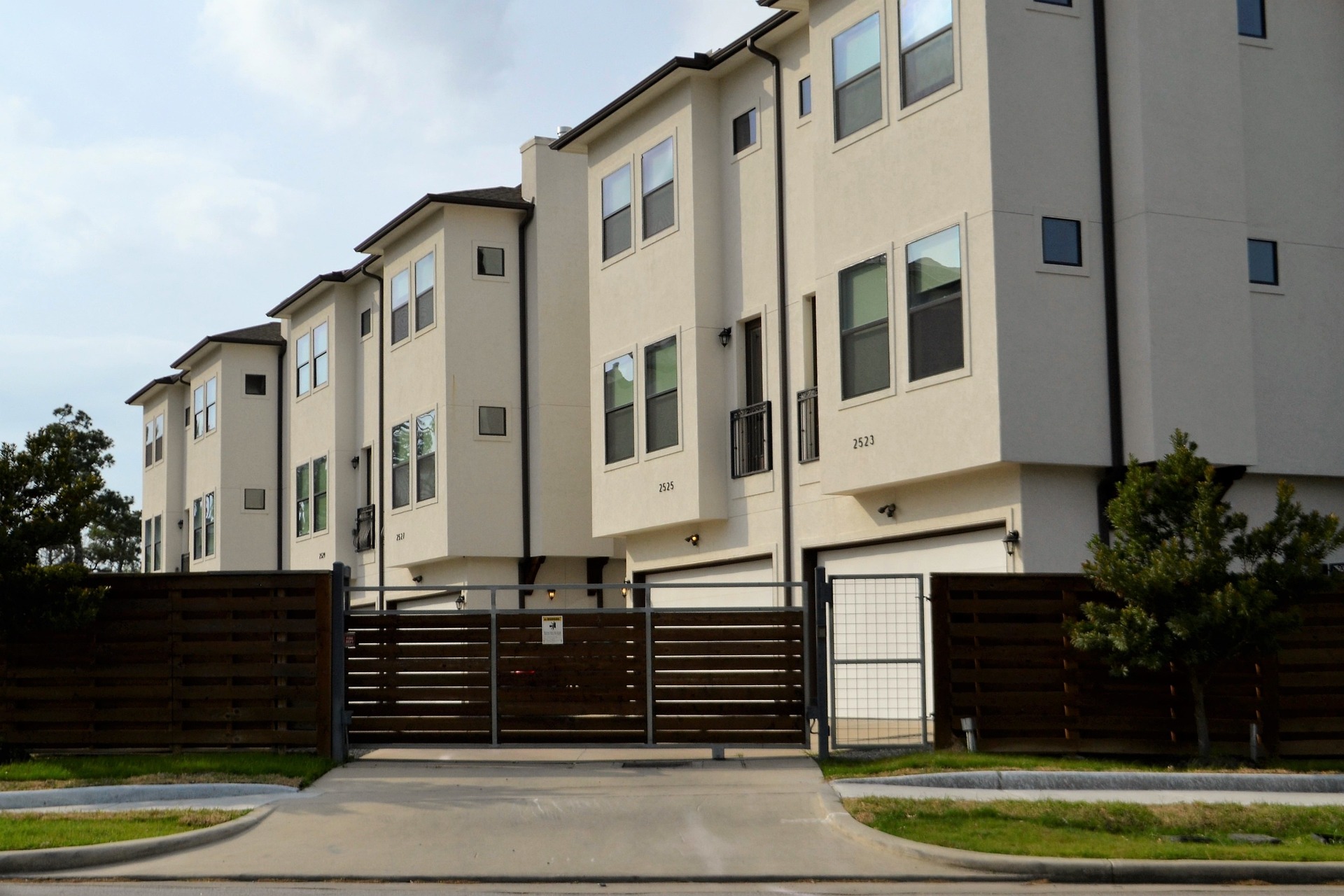Helpful Insights on 1 Bedroom 1 Bath Rentals for Seniors
Finding appropriate housing is a significant consideration for seniors seeking comfort, accessibility, and manageable living spaces. One-bedroom, one-bathroom rentals represent an increasingly popular option for seniors looking to downsize while maintaining independence. These compact yet functional living spaces offer numerous advantages specifically suited to older adults' needs, including reduced maintenance, potentially lower costs, and often more accessible layouts. This article explores essential considerations for seniors exploring rental options in this category.

Understanding 1 Bath 1 Bedroom Rentals for Seniors
One-bedroom, one-bathroom apartments provide an ideal balance between space and manageability for many seniors. These units typically range from 500 to 750 square feet, offering a separate bedroom, full bathroom, kitchen, and living area. The compact layout minimizes walking distances between rooms—an important consideration for those with mobility concerns. Many senior-oriented properties incorporate age-friendly features like grab bars in bathrooms, wider doorways for walker or wheelchair access, and emergency call systems. These apartments provide enough space for essential belongings while eliminating the burden of maintaining larger homes.
How to Find 1 Bath 1 Bedroom Rentals for Seniors
The search for suitable senior apartments requires a strategic approach. Start by determining preferred locations based on proximity to healthcare facilities, family members, shopping centers, and community resources. Online rental platforms like Apartments.com, Zillow, and Senior Housing Net feature search filters specifically for senior-friendly properties. Local senior centers and community organizations often maintain information about available rentals suited for older adults. Additionally, consider engaging a real estate agent specializing in senior housing, as they may have access to unadvertised properties and can navigate complex application processes on your behalf.
Key Features to Consider in a 1 Bath 1 Bedroom Rentals for Seniors Guide
When evaluating potential apartments, certain features deserve special attention. Accessibility should top the priority list—look for units with minimal or no steps, lever-style door handles instead of knobs, and shower stalls with low or no thresholds. Location within the building matters too; ground-floor units or buildings with reliable elevators reduce daily strain. Consider the kitchen layout, ensuring counters are appropriate heights and appliances are easy to operate. Adequate lighting throughout the unit helps prevent falls and supports aging vision. Finally, evaluate building security measures, including controlled entry systems and well-lit common areas, which provide peace of mind for both seniors and their families.
Cost Considerations for 1 Bath 1 Bedroom Rentals for Seniors
The financial aspects of senior rental housing vary significantly based on location, amenities, and whether the property is part of an age-restricted or senior-focused community. Standard one-bedroom apartments typically range from $900 to $3,500 monthly, with metropolitan areas commanding higher rates. Senior-specific communities with additional services may range from $2,000 to $5,000 monthly. Some properties operate on income-based models, with subsidized units available through government programs like Section 202 Supportive Housing for the Elderly.
| Housing Type | Monthly Rent Range | Typical Included Amenities | Additional Costs |
|---|---|---|---|
| Standard Apartment | $900-$2,500 | Basic maintenance, water | Electricity, internet, meals |
| Independent Senior Living | $2,000-$4,000 | Maintenance, some activities, limited transportation | Meals, personal care |
| Subsidized Senior Housing | $400-$800 | Maintenance, some utilities | Cable, phone, internet |
| Active Adult Communities | $1,500-$3,500 | Maintenance, activities, fitness center | Meals, housekeeping |
Prices, rates, or cost estimates mentioned in this article are based on the latest available information but may change over time. Independent research is advised before making financial decisions.
Valuable Insights on 1 Bath 1 Bedroom Rentals for Seniors
Beyond the physical and financial aspects, seniors should consider the social environment and service integration of potential rental communities. Properties designed specifically for seniors often include community rooms, planned activities, and opportunities for social interaction—crucial factors in preventing isolation. Transportation services represent another vital consideration, especially for those who no longer drive. Some properties offer scheduled transportation to medical appointments, shopping centers, and community events. Additionally, investigate whether the property management is responsive to maintenance requests and accommodating to senior-specific needs. The quality of management can significantly impact daily living experiences and overall satisfaction with the rental.
Making the Transition to Senior Apartment Living
Downsizing from a larger home to a one-bedroom apartment requires thoughtful planning. Begin the process by carefully assessing which possessions are essential for comfortable living in a smaller space. Consider floor plans carefully when selecting furniture, prioritizing multipurpose pieces that maximize functionality without creating cramped conditions. Address potential safety concerns by installing additional grab bars, non-slip mats, and adequate lighting beyond what may be standard in the unit. Many seniors find it helpful to visit the new neighborhood several times before moving to locate essential services and become familiar with the area. Building connections with neighbors early can ease the transition and establish a supportive community network from the start.
Finding the right one-bedroom, one-bathroom rental as a senior involves balancing practical considerations like location, accessibility, and cost with personal preferences for amenities and community atmosphere. By thoroughly researching options, understanding available resources, and prioritizing individual needs, seniors can secure housing that supports independence, safety, and quality of life during this important life stage.




